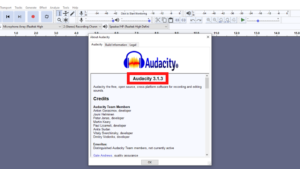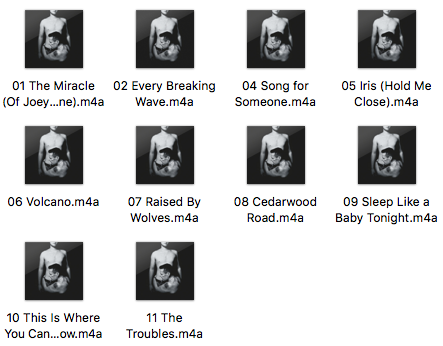
The quality is degraded, but it is usually good enough for voice (music would not sound so good). telephony and radio) such as 16kHz or even 8kHz. Lower sample rates are sometimes used for voice communications (e.g. 44.1kHz is used on audio CDs, while DVDs typically use 48kHz.

First, there are multiple different sample rates. There are three main variations of PCM audio. If your signal is stereo, then you store a left sample followed by a right sample, so now you'd need 176400 bytes per second. This is often stored in a 16 bit integer, so you'd be storing 88200 bytes per second. One of the most common sampling rates is 44.1kHz, which means that we record the level of the signal 44100 times a second. Each sample is a number representing how loud the audio is at a single point in time. Uncompressed audio, or linear PCM, is the format your soundcard wants to work with. All audio formats fall into one of these two broad categories. The first thing to understand is the differenceīetween compressed and uncompressed audio formats. By all means skip this section if you already know this, but it is important to have a basic grasp of some key concepts if youĪre to avoid the frustration of finding that the conversions you are trying to accomplish are not allowed. NET, making use of my open source NAudio library.īefore you get started trying to convert audio between formats, you need to understand some of the basics I'll finish up by showing some working examples of converting files between various formats in.


Then I'll explain the main audio codec related APIs that Windows offers. In this article I will explain what different types of audio file formats are available, and what steps you will need to go through to convert between formats. NET application, since the framework class library provides almost no support for the various Windows APIs for audio compression and decompression. Audio can be stored in many different file and compression formats, and converting between them can be a real pain.


 0 kommentar(er)
0 kommentar(er)
